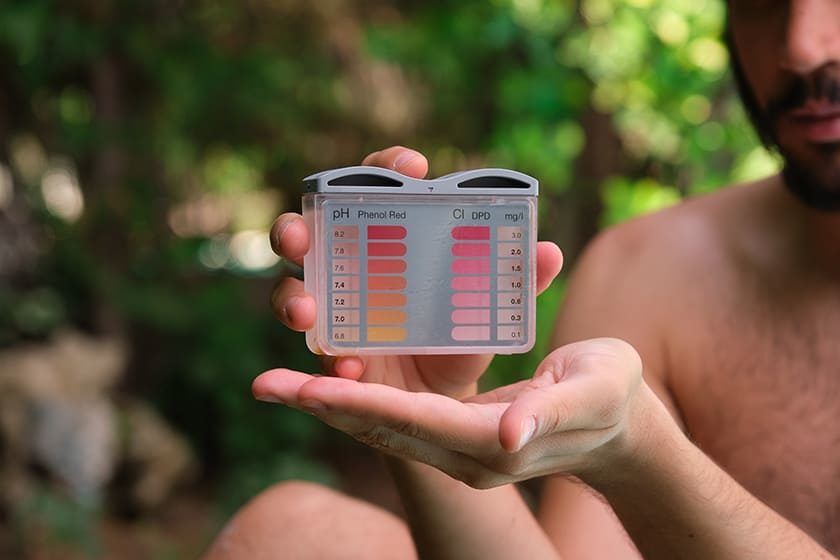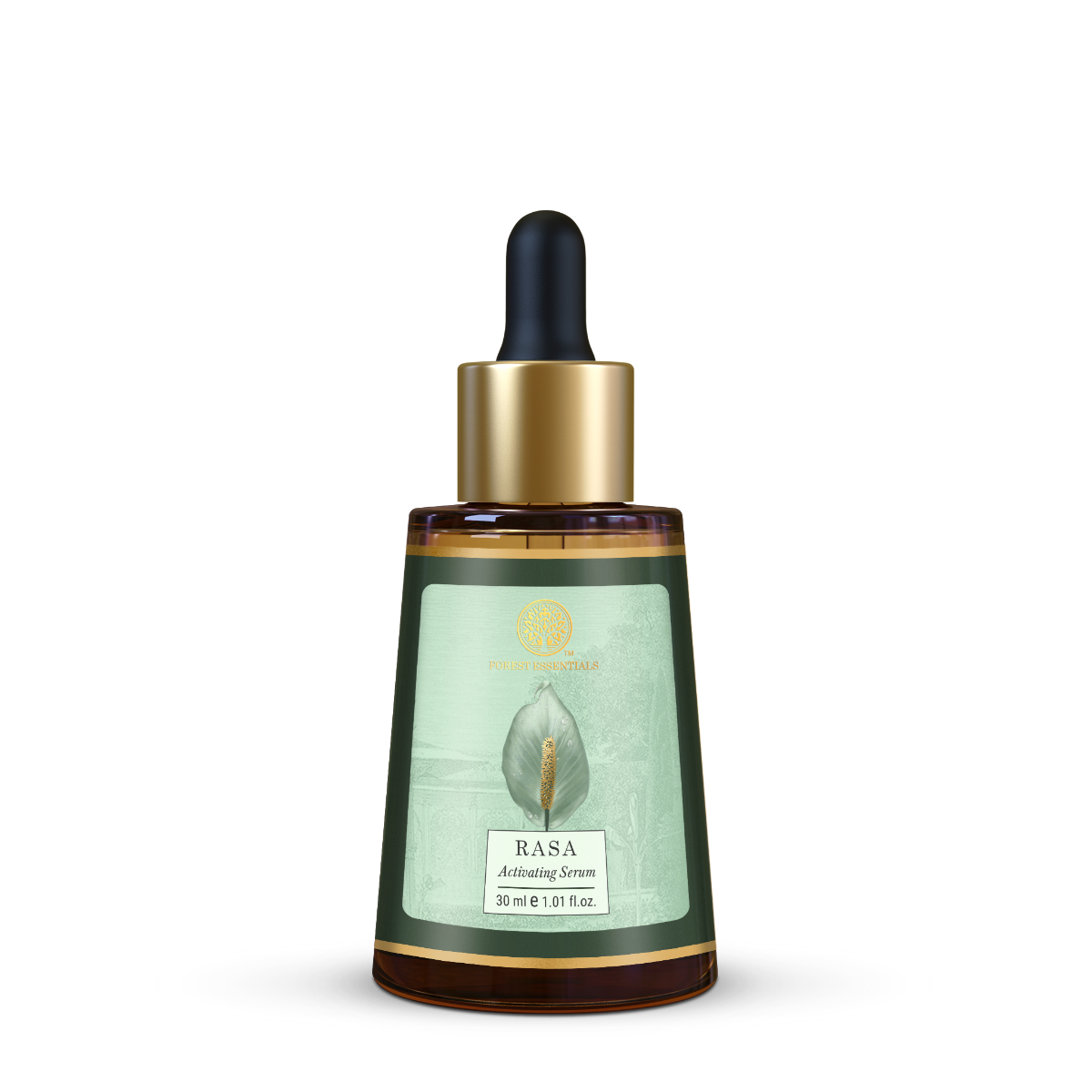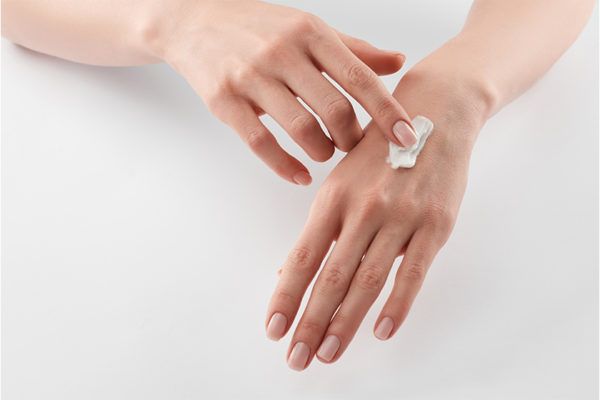Have you ever wondered why your skin feels dry and the corners of your mouth appear flaky and tight after washing your face? The culprit might be an imbalanced pH level of your skin. Understanding skin pH is crucial for maintaining healthy, radiant skin. The pH level of your skin plays a significant role in its overall health, affecting everything from its texture to its ability to ward off infections. In this blog, we will explore what skin pH is, why it is important, and how to maintain the optimal pH level for your skin to ensure it remains healthy and vibrant.
A Comprehensive Guide to Understanding Skin pH

Does your skin feel dry, and do the corners around your mouth appear flaky and tight after washing your face? If so, you are likely suffering from an imbalanced skin pH.
What is Skin pH Level?
The pH (potential Hydrogen) of a solution is indicated by a numeric scale ranging from 0 to 14. Anything below 7 is considered acidic, while anything above 7 is considered alkaline. For instance, lemon juice has a pH of 2, making it very acidic, whereas ammonia has a pH of 12, which is highly alkaline.
Ayurvedic Perspective on Skin pH
In Ayurveda, skincare emphasizes maintaining balance and harmony within the body and mind. While Ayurveda does not explicitly focus on the skin’s pH levels as modern dermatology does, many Ayurvedic principles align with maintaining the skin’s natural balance. This balance is achieved by harmonizing the internal and external equilibrium of the body.
The Natural Acidity of Skin
It might surprise you to learn that the skin’s surface and uppermost layers are naturally acidic. On the skin pH level chart, the skin exhibits an ‘acid mantle’ ranging from 4.5 to 6 on the pH scale. This acidity makes it compatible with acidic skincare products.
Decoding the Importance of Skin pH: Key Benefits

1. Maintaining the Skin Barrier
The acid mantle is a protective film that works alongside ceramides, enzymes, sweat, and sebum to help keep environmental traumas at bay. Disturbing the skin’s pH can compromise this protective layer, leading to dryness and making the skin look older and tighter.
2. Avoiding Skin Infections
The acidic environment of the skin inhibits the growth of harmful microorganisms, such as bacteria, fungi, and viruses. Ayurvedic treatments often use natural ingredients known for their balancing properties, such as turmeric, neem, and sandalwood, to support the skin’s acid mantle.
3. Sustaining the Microbiome
The skin’s pH supports a healthy balance of the microbiome—the community of beneficial microorganisms that live on the skin. A balanced microbiome is crucial for protecting against infections and maintaining overall skin health.
4. Aiding in Skin Health
Certain enzymes in the skin are responsible for processes like exfoliation and natural sebum secretion. Disruption in pH can impair these processes, leading to issues like dryness, flakiness, and impaired barrier function. Over-exfoliation or using products that are too rich or too light for one’s skin type can desensitise the skin barrier, disrupting the face’s pH level.
Balancing Skin pH with Skincare Products

The pH value of skin is crucial for maintaining the skin barrier, avoiding infections, sustaining the microbiome, and aiding in overall skin health. While Ayurveda focuses on holistic health, which inherently supports the body’s natural balance, including maintaining an optimal pH, modern skincare products can also play a vital role. Many people seek pH-balanced skincare products to avoid the issues associated with imbalanced skin and face pH level. Most rinse-off and leave-on skincare products are already pH-balanced.
Products like Forest Essentials’ Tejal Balancing Water and Rasa Activating Serum combine Ayurvedic principles with modern skincare technology to provide pH-balanced solutions that effectively balance deviated pH levels. These products work synergistically to minimise open pores and prepare the skin for optimal moisturisation, ensuring a holistic approach to skincare.
The Science Behind pH-Balanced Skincare Products

Even if skincare products do not fall within the desired pH range, deviations are temporary, and the skin typically equalises to its normal pH within an hour of application. Acidic products can stimulate the skin to produce substances that help it look smooth, supple, and hydrated. However, using highly acidic or alkaline products for a prolonged period can cause significant disruptions, making the skin more vulnerable to breakouts, eczema, redness, and sensitivity.
Conclusion
Achieving and maintaining pH-balanced skin is key to looking and feeling your best. Adopting the practices outlined above, including using pH-balanced skincare products, ensures your skin remains healthy, radiant, and resilient.
FAQs
What is the normal pH range for healthy skin?
The normal pH for healthy skin usually ranges between 4.5 and 6 on the pH scale.
Can an unbalanced pH level cause skin problems?
Yes, an unbalanced pH for a prolonged duration may compromise the skin barrier and result in various skin concerns like dryness, flakiness, and irritation. If not addressed in time, this can lead to severe issues like eczema and rosacea.
How can I test the pH level of my skin at home?
To test your pH level at home, you can purchase a digital pH meter or pH strips, which are readily available online or at your nearby chemist. These tools help determine the pH of your skin instantly.
How do you maintain the pH of your skin?
To maintain the pH of your skin, it is important to balance diet, lifestyle, and use correct skincare products that support the natural skin barrier and prevent irritation and inflammation.
What is the best way to maintain a healthy pH balance in my skin?
The best way to maintain a healthy pH is to use products with an appropriate pH and maintain a healthy internal pH through diet and lifestyle.
Can an unbalanced pH level cause premature aging of the skin?
Yes, a prolonged imbalanced pH level can lead to continuous dryness and flakiness, making the skin alkaline. Excessive alkalinity can dehydrate the skin, stripping off essential nutrients and leading to premature ageing.
References
https://pubmed.ncbi.nlm.nih.gov/31719221
https://www.ncbi.nlm.nih.gov/pmc/articles/PMC5605222









































